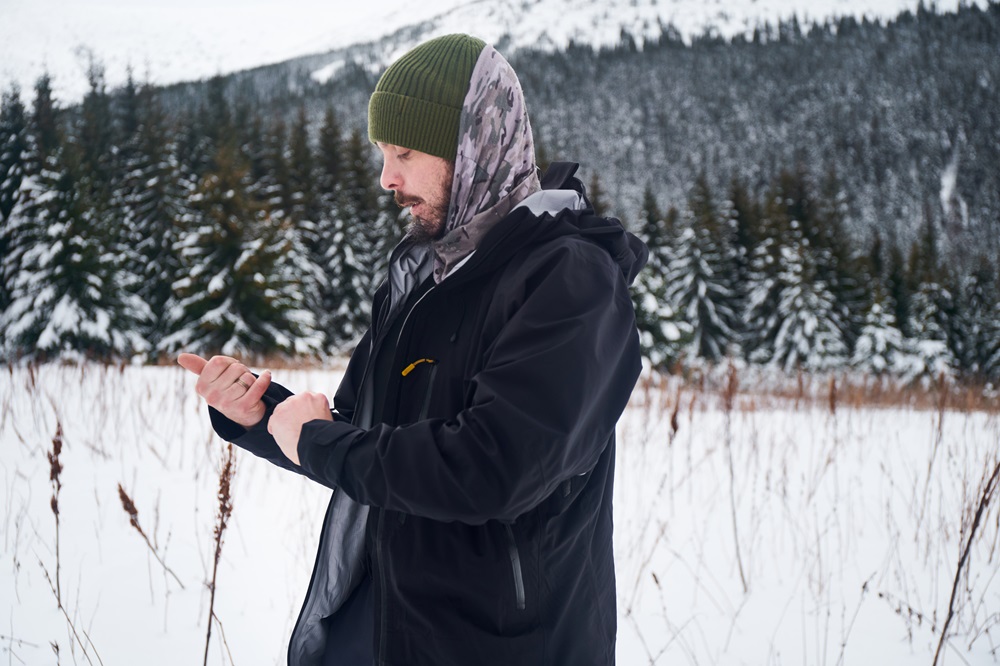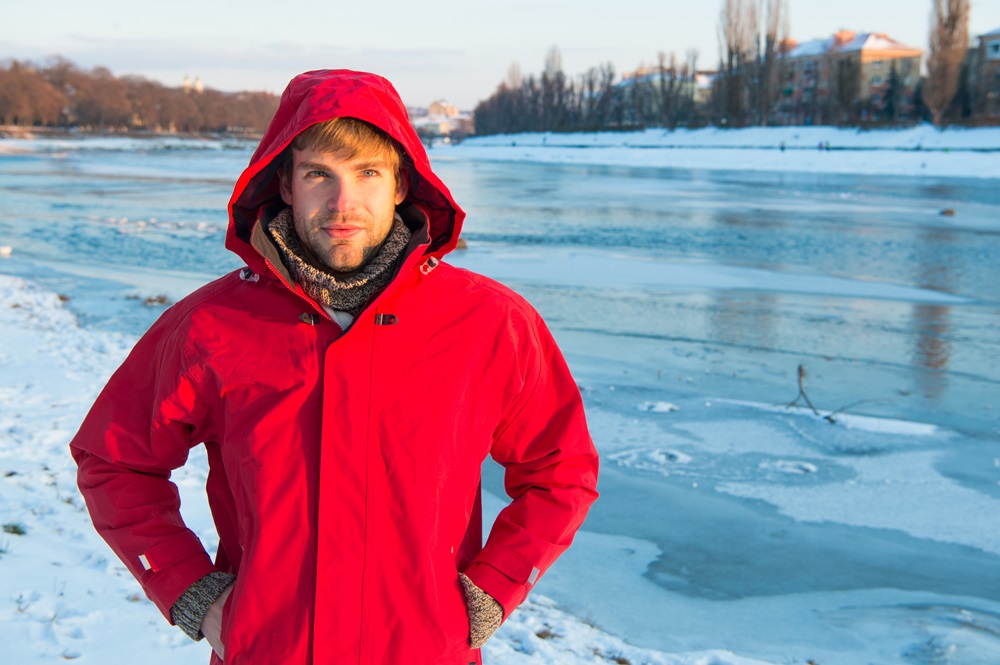The right hiking pants can make or break your child’s outdoor experience. Just like finding the perfect gore tex jacket to protect against the elements, choosing trekking bottoms that grow with your young adventurer requires careful consideration.
You want pants that fit well today but won’t need replacing before the next season begins.
Why Proper Fit Matters for Young Hikers?
Trekking bottoms that fit properly keep your child comfortable and safe on the trail. Ill-fitting pants can cause chafing, restrict movement, or create tripping hazards during challenging hikes. The key is finding bottoms that accommodate growth spurts without looking baggy or feeling loose during use.
Research from outdoor education programs shows that children aged 7-12 typically grow 2-3 inches per year, making adjustable features in hiking clothing essential for longevity.
Smart Features That Allow for Growth
Modern youth trekking bottoms include several innovative features that extend their usable life. Look for these elements when shopping:
Adjustable waistbands with elastic or hook-and-loop closures let you customize the fit as your child grows. Many pants include internal elastic with button adjustments that can expand up to 2 inches.
Rolled cuff designs that can be unfolded to add length are perfect for sudden growth spurts. Some styles include discreet stitching that marks where pants can be let down, adding up to 2 inches of length.
Convertible pants that transform from long pants to shorts give you two options in one garment, ideal for changing conditions and growing children.
Fabric Choices That Stand the Test of Time
The material of your child’s trekking bottoms determines both comfort and durability. Here’s a comparison of common fabrics:
| Fabric Type | Growth Flexibility | Durability | Weather Protection |
| Nylon Blend | Moderate stretch | High resistance to tears | Quick-drying, basic water resistance |
| Polyester | Limited stretch | Good abrasion resistance | UV protection, moisture-wicking |
| Cotton Blend | Good natural give | Lower durability | Poor in wet conditions |
Synthetic blends with 5-10% elastane or spandex provide the best combination of stretch and structure, allowing pants to flex with movement and growth while maintaining shape.
The Right Fit Now: What to Look For
When trying trekking bottoms on your child, pay attention to these fit indicators:
The waistband should sit comfortably without digging in or slipping down. You should be able to fit two fingers inside the waistband – this provides room for growth without being too loose.
Check knee articulation when your child squats or climbs. The pants should move with them without pulling or restricting movement.
Pant length might seem slightly long when new, but shouldn’t create a tripping hazard. A half-inch of extra length provides growth room while staying functional.
Seasonal Considerations for Year-Round Use: Pairing Trekking Bottoms with a Gore-Tex Jacket
Think about when and where your child will wear these trekking bottoms. Spring and fall hiking requires different features than summer adventures.
Winter trekking bottoms typically include lined options that can be less adjustable but provide necessary warmth. Look for pants with zip-off linings that extend seasonal use.
Summer options should prioritize ventilation and sun protection. Pants with UPF 50+ ratings protect growing skin while zip-off legs allow conversion to shorts in warm weather.

Cost-Effective Strategies for Growing Hikers
You don’t need to spend a fortune on quality trekking bottoms that grow with your child. Consider these approaches:
Buy off-season when retailers offer significant discounts, potentially saving 30-40% on high-quality brands.
Join outdoor gear exchange groups where parents swap outgrown trekking gear. These communities often share items that have plenty of wear left.
Investing in one premium pair with growth features often saves money compared to buying multiple cheaper pairs that need frequent replacement.
The Sustainability Factor
Choosing adaptable trekking bottoms not only saves you money but helps the environment too. Fast-growing children contribute to textile waste when clothes are quickly outgrown.
By selecting bottoms with room for growth, you reduce waste and teach young hikers about sustainable consumption – an important value for outdoor enthusiasts who want to protect the natural spaces they enjoy.









